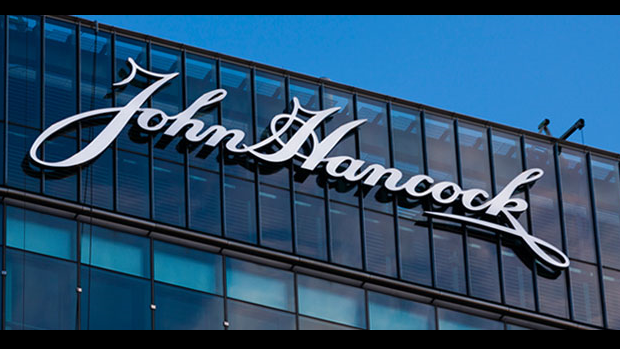Aug 4, 2017
Why Manulife's Gori could pen 'Dear John' letter to John Hancock

One of Roy Gori’s first tasks as Chief Executive Officer of Manulife may be to decide whether it’s time to pen a Dear John letter to the company’s Hancock division. Gori, who takes over from longtime CEO Donald Guloien on October 1, has deep roots in Asia, helping to stoke analyst and media speculation that he could shed the legacy U.S. assets in favour of sharpening the firm’s focus on the Far East.
The immediate impact of an outright sale of the division would be threefold, simultaneously shrinking Manulife while increasing its growth profile and adding a substantial amount of cash to the balance sheet. While the company derives about 38 per cent of its revenue from the United States, growth south of the border has been tepid due to insurance and wealth management saturation in developed markets. As a result, the unit has dragged on Manulife’s overall return on equity (ROE), with Scotiabank analyst Sumit Malhotra forecasting the key measure of profitability would likely increase nearly three per cent if the division was offloaded.
Though divesting John Hancock is forecast to improve a number of operating metrics, it would substantially reduce Manulife’s overall size with the United States accounting for more than half of its assets under management, though the immediate drop-off to earnings power could be mitigated by spinning out the unit or floating an initial public offering instead of selling the entire division. If indeed Manulife sold the entirety of John Hancock, the high-growth Asia division would immediately account for 53 per cent of Manulife’s core earnings, with Canada picking up the balance.
One thing is clear: Gori has no intention of sitting on his hands when he takes the corner office. At Manulife’s Asia roadshow back in June, he made it clear there are no sacred cows in Manulife’s stable when it comes to matters of improving its balance sheet.
“I think there’s an incredible consistency in the entire management team around the urgency and impatience around dealing with our legacy businesses. We are not going to take any option off the table,” he said. “And we’ll look at what will generate the best return for the shareholder, and that will include divestitures but we’ll also look at much more aggressive management.”
And those returns are much more ripe for the picking in Asia, where demand for life insurance and wealth management services is taking off due to a rapidly-emerging middle class. Return on equity at Manulife’s Asia division has been steadily rising, hitting 13 per cent last year and easily outstripping the North American business units. Year-over-year, core earnings in Asia have increased at a double-digit pace for 11 straight quarters, and further gains are expected in the coming years. Manulife added about a million clients in Asia over the last 10 years, and has grown assets under management in the region to about US$112 billion.
The cash freed up by any whole or partial sale could help Manulife accelerate its Asian growth and allow it to allocate more resources to the division. But questions remain over just how much cash a sale would unlock. CIBC analyst Paul Holden estimates John Hancock could be worth somewhere between $9 billion to $10.5 billion as a standalone entity, but noted the difficulties in comparing its valuation to peers, since its earnings are subject to Canadian accounting standards which are markedly different than U.S. accounting practices.
No matter what Manulife could net for the division, the devil is in the details in terms of how it deploys cash from a suddenly flush balance sheet, though Gori’s rapid ascension through the ranks of the division offers some clear clues. Gori’s experience spearheading Citigroup’s Asia Pacific retail and consumer banking suggests he’s comfortable bringing new financial products to the masses. Scotiabank’s Malhotra thinks Gori will be quick to put his stamp on the company, telling clients there are “winds of change” swirling around the company.
Any deal for the company will close out what’s been a rocky Manulife-Hancock marriage over the course of the last 14 years that has been marked by slow performance and little in the way of share price appreciation. Manulife picked up Hancock for US$10.3 billion in 2003, a deal consummated by Guloien’s predecessor Dominic D’Alessandro and 20-year John Hancock veteran David D’Alessandro (the two men are not related.) The acquisition came amid heavy consolidation in the insurance space, with Manulife looking south of the border after Great West Life thwarted its hostile bid for Canada Life Financial, swooping in as a white knight to buy the company for $7.3 billion.


